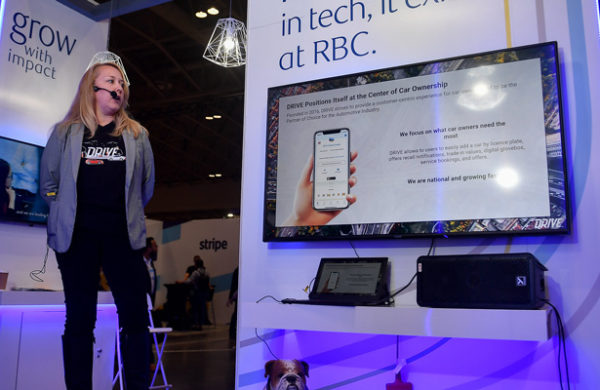
Computers and heat mix about as well as oil and water. Full size computers tend to have a lot of fans to keep things cool, but in a laptop, space is tight and airflow is restricted. With that said, monitoring laptop temperature is important to avoid permanent problems with a computer. Most users don’t give this any thought until their laptop is no longer functioning properly. It begins randomly rebooting, or performing sluggishly. Checking the temperature is the first thing to do if the computer suddenly begins having performance problems.
Causes of Overheating
The newest laptops are equipped with the most up-to-date memory, processors, and video features. Advanced features, such as gaming or 3D graphics often result in increased heat. Some of these applications force the computer to run at full CPU/processor speed, which increases the temperature.
When a laptop is turned on, it’s at approximately room temperature. As it runs for a period of time, the temperature gradually rises, and it’s not always easy to tell if the laptop is getting too hot. Maximum temperature is reached in one to two hours. The maximum temperature varies from one manufacturer to another.
By the time the temperature reaches the nineties, the laptop will take some action to protect itself from overheating. It may slow down the processor speed, or it may shut itself off without warning.
There are a few other things that may cause an increase in laptop temperature. Laptop vents should never be blocked. These computers shouldn’t be stored in a closed drawer or hot car. Nothing should be piled on top of them. Peripherals such as external hard drives should be as far away as possible. Crowding these items can cause an increase in temperature. Laptops should never be stored in direct sunlight.
How to Monitor the Temperature
Most laptops have a temperature sensor on the CPU and the hard drive. Consumers may need to download software to report the temperatures that are being measured. There is a variety of free software available to monitor temperature. Two examples are Core Temp and MobileMeter. Core Temp is a tiny but accurate program that tells you the temperature of each core simultaneously. The temperature of each is displayed on the tray bar without needing to be clicked. MobileMeter is a system monitoring tool that shows CPU temperature, CPU clock, battery charge/discharge rate, and HDD temperature.
It’s important to work to maintain a cool temperature in your laptop. Compressed air can be used to clean the fan and remove trapped heat and dust. A cooling pad increases air flow under the computer. Laptop coolers may draw heat away from underneath the computer. Other types blow cool air toward it. They run through a power adapter or USB hub.
Taking steps to monitor a laptop’s temperature will help to prevent overheating and prolong the computer’s life. Pay attention to what factors cause a rise in laptop temperature, monitor the temperature of the room, and be careful about where and how the laptop is placed. These simple things can lead to noticeably improved performance.
Meeting Tomorrow allows consumers and business people to rent laptop computers and audio visual equipment. We can also meet your sound equipment rental or audio rental needs. We seek to make audiovisual technology accessible and easy to use for everyone. If you’re in the market for any kind of av rental, let us know how we can help!


